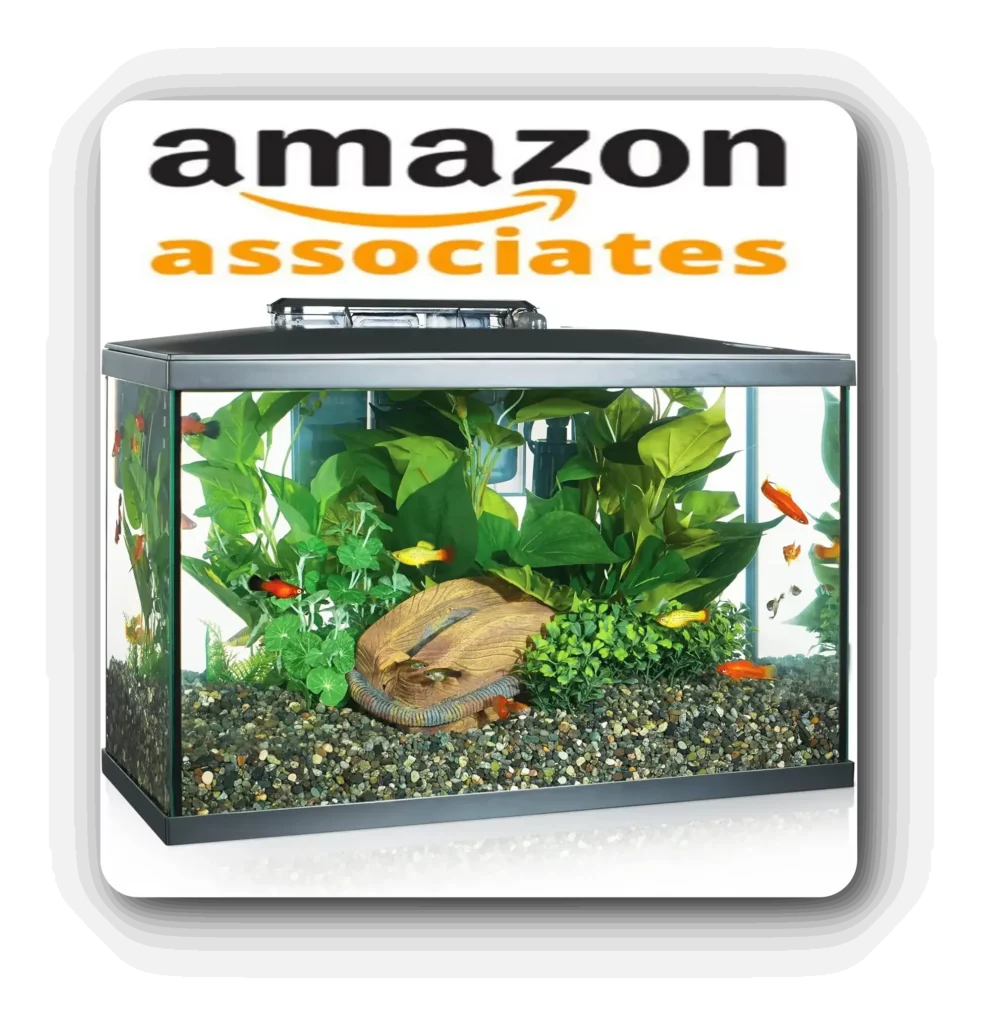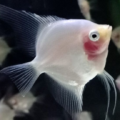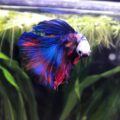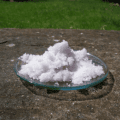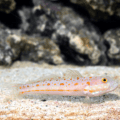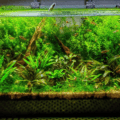When it comes to creating the perfect habitat for your guppies, one of the most important factors to consider is the size of their tank. Providing an appropriate tank size is vital for their overall health and well-being. In this article, we will explore the various factors that influence the ideal tank size for guppies and provide recommendations to ensure you create a comfortable and suitable environment for these lively and colorful fish.

The Importance of Tank Size for Guppies
The size of the tank plays a crucial role in the overall health and behavior of guppies. A properly sized tank provides adequate swimming space, reduces stress, and allows for proper filtration and maintenance.
It also helps prevent overcrowding, which can lead to aggressive behavior, disease outbreaks, and poor water quality. By providing the right tank size, you can ensure that your guppies thrive and flourish.
Factors to Consider When Determining Tank Size for Guppies
Guppy Population and Behavior
The number of guppies you plan to keep is a key consideration when determining tank size. Guppies are social and active fish, and they require ample space to swim comfortably without feeling cramped.
As a general rule of thumb, allocate at least 5 gallons of water for every trio of guppies, with additional space for any other tank mates.
Growth Potential and Size of Guppies
Guppies are known for their rapid growth and breeding capabilities. While they typically grow to an average length of 2 inches, providing a larger tank helps accommodate their growth and reduces the need for frequent tank upgrades.
A 10- or 20-gallon aquarium would be more suitable for long-term guppy keeping, allowing ample space for growth and breeding.
Guppy Tank Mates
Consider the other fish or aquatic creatures that will coexist with your guppies. Some species may require their own territory or may be more aggressive, which can impact the space requirements.
Be sure to research and select suitable tank mates to avoid conflicts and stress among the inhabitants. Providing a larger tank can help ensure harmony and reduce territorial disputes.
Filtration and Water Quality
Guppies are sensitive to water conditions, and proper filtration is essential to maintain optimal water quality. A larger tank can accommodate a more efficient filtration system, ensuring effective removal of waste and toxins.
This promotes a healthier and cleaner environment for your guppies and other tank inhabitants.

Water Quality for Optimal Guppy Health
Choosing the right water quality is crucial for the health and well-being of guppies.
Both female guppies and male guppies thrive in water that is clean, well-maintained, and free from harmful toxins. The ideal tank water should have a stable pH level between 7.0 and 7.8 and a temperature range of 74-82°F, which can be maintained with a reliable aquarium heater
This ensures a conducive environment for guppies to breed, and supports the growth of beneficial bacteria essential for breaking down waste products. Local pet store often provide water testing kits to help maintain these parameters.
Recommended Tank Sizes for Guppies
Based on the factors mentioned above, the following are recommended tank sizes for guppies:
Small Tanks (Up to 10 Gallons)
A 5-gallon aquarium is the smallest tank size recommended for a trio of guppies. However, keep in mind that it may require more frequent maintenance and monitoring of water parameters to ensure pristine conditions for your fish.
Medium Tanks (10-20 Gallons)
For long-term guppy keeping and accommodating growth, a 10- or 20-gallon tank is preferable. This size provides ample swimming space, reduces territorial disputes, and allows for the addition of compatible tank mates.
Large Tanks (Over 20 Gallons)
If you have the space and resources, larger tanks over 20 gallons can offer an even more spacious and enjoyable environment for your guppies. These tanks provide ample swimming room, allow for greater flexibility in tank mates, and improve overall water stability.
We highly recommend this fish tank (visit the link to see how it looks on Amazon).
Setting Up the Ideal Guppy Tank
Choosing the Right Tank
When selecting a tank for your guppies, opt for a rectangular shape rather than a tall or round one. Rectangular tanks offer more surface area for gas exchange and swimming space for your guppies.
Proper Substrate and Decorations
Choose a substrate that is suitable for guppies, such as fine gravel or sand. Incorporate hiding places and decorations like plants, rocks, and driftwood to create a natural and stimulating environment.
Suitable Filtration System
Invest in a reliable filtration system that is suitable for your tank size. This will help maintain water quality and remove any excess waste, preventing the buildup of harmful toxins.
Temperature and Lighting Requirements
Guppies prefer a water temperature between 75°F and 82°F. Additionally, provide appropriate lighting to support the growth of live plants and enhance the natural colors of your guppies.
Maintaining Water Quality
Regularly test and monitor water parameters, including ammonia, nitrite, nitrate, and pH levels, to ensure a healthy and stable aquatic environment. Perform regular water changes to maintain optimal water quality.

Enhancing Water Conditions for Guppies
To create the best living conditions for guppies, incorporating live aquarium plants can significantly improve water quality by absorbing nitrates and providing oxygen.
This is particularly beneficial for adult guppies and fancy guppies, as well as the smaller guppy fry, ensuring they grow in a healthy environment.
Additionally, feeding your guppies a balanced diet, including foods like brine shrimp, supports their health and reduces the risk of aggressive fish behavior.
Guppy breeders often emphasize the importance of high-quality tank water in ensuring successful breeding and raising of healthy guppy populations.
Guppies breed best in clean, stable water conditions, ensuring the health and vitality of guppy fish. A well-balanced diet is essential for a male guppy as well as a female guppy, as guppies eat a mix of flakes, brine shrimp, and other suitable foods.
By maintaining proper tank conditions and providing high-quality nutrition, you can support the overall well-being of your guppies.
Additional Considerations for Guppy Tanks
Live Plants and Aquascaping
Incorporating live plants into your guppy tank not only adds aesthetic appeal but also provides hiding places, improves water quality, and supports the overall well-being of your guppies.
Guppy Breeding Needs
If you plan on breeding guppies, provide additional space to accommodate the fry. A separate breeding tank or a partition within the main tank can help protect the fry and ensure their survival.
Monitoring Tank Parameters
Regularly check and maintain the temperature, pH levels, and water quality parameters to ensure a stable and suitable environment for your guppies. Use proper testing kits and adjust conditions as needed.

Tips for Successful Guppy Tank Ownership
Here are some additional tips to help you successfully care for your guppy tank:
Feeding and Nutrition
Offer a balanced diet consisting of high-quality flakes, pellets, and occasional live or frozen foods to meet the nutritional needs of your guppies.
Regular Tank Maintenance
Perform routine tank maintenance, such as regular water changes, gravel vacuuming, and filter maintenance, to keep the water clean and the tank environment healthy.
Monitoring Guppy Health
Observe your guppies regularly for any signs of illness or stress. Promptly address any abnormalities and seek professional advice if needed.
Species-specific Care Guidelines
Research and understand the specific care requirements for the type of guppies you have. Different strains and types may have unique needs and health considerations.
Conclusion
In conclusion, providing an appropriate tank size is crucial for the well-being and happiness of your guppies. By considering factors such as population, growth potential, tank mates, and filtration, you can determine the ideal tank size for your guppies.
Remember to set up the tank properly, maintain water quality, and follow care guidelines to ensure a thriving and enjoyable guppy tank. Your efforts will be rewarded with vibrant, active, and healthy guppies that bring joy to your aquarium.

